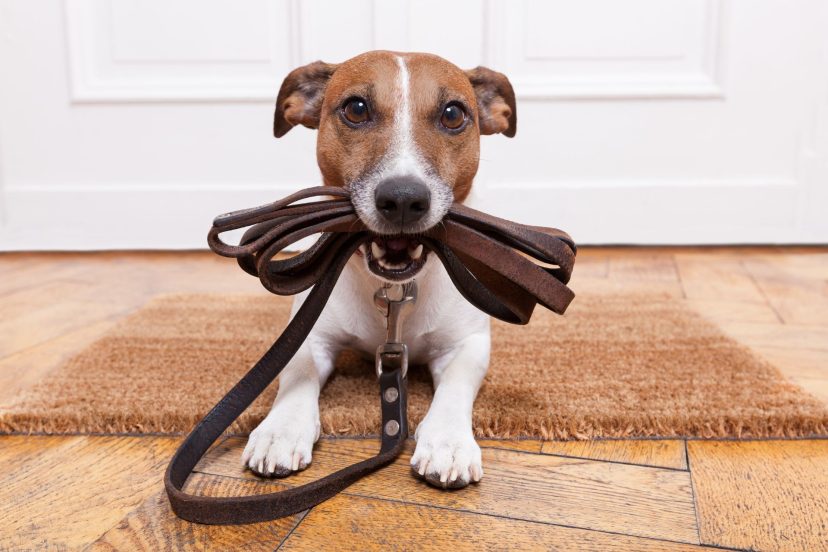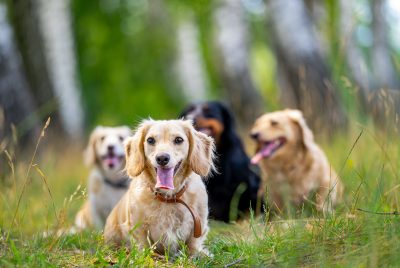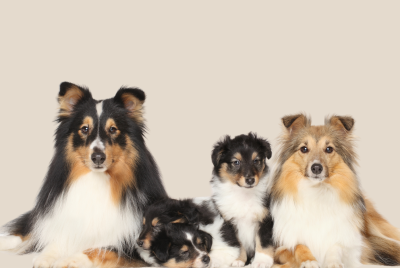How to Leash Train a Dog?
So you’ve got a new furry bundle of joy – congratulations! Bringing home a puppy or adopting an older dog is an exciting time filled with cuddles, playtime, and lots of love. But as much fun as your new four-legged friend is, they also come with important responsibilities, including leash training. Wondering how to leash train a dog?
Walking nicely on a leash is one of the most crucial skills you can teach your dog. Not only does it make your daily walks more enjoyable, but it also keeps your pup safe and under control. Proper leash manners prevent your dog from pulling you down the street, darting after squirrels, or jumping on passersby.
But leash training isn’t always easy, especially with energetic puppies or stubborn adult dogs who have never been taught polite leash walking. Many pups think pulling on the leash gets them where they want to go faster. Others get so excited to explore the great outdoors that they forget all about you on the other end of the leash!
Never fear – with some simple techniques, consistent training, and plenty of patience, you can teach your dog to be a leash-walking superstar. Soon you’ll be strolling through the neighborhood with a canine companion who walks calmly by your side.
Let’s dive into our step-by-step guide to stress-free leash training for dogs of all ages and breeds. By following these expert tips, you and your pup will be a leash-walking dream team in no time!
Step 1: Start With the Right Gear
Before you start wondering how to leash train a dog, make sure you have the proper leash and collar or harness for your dog. For most pups, a 4 to 6-foot leash is ideal – it gives them some room to sniff and explore without letting them wander too far. Avoid retractable leashes, which can encourage pulling and provide less control.
Collars are fine for dogs who don’t pull excessively, but a harness can be a better choice for determined pullers or small breeds prone to tracheal collapse. Look for a comfortable, well-fitting harness that doesn’t restrict your dog’s movement.
Step 2: Let Your Dog Get Used to Their Leash and Collar
If your puppy or new dog has never worn a collar or leash before, give them time to adjust before jumping into training. Let them wear their new gear around the house for short periods, praising them and offering treats so they form positive associations.
Some dogs may scratch at their collar, freeze up, or try to chew on the leash at first. This is normal! Keep leash and collar time short and fun until your pup is totally comfortable.
Step 3: Teach a Cue to Pay Attention
The first step in successful leash training is teaching your dog a cue that means “pay attention to me.” This could be their name, a kissy noise, a tongue click, or a phrase like “look” or “watch me.”
Practice this cue without the leash at first. Say the cue and then hold a treat right up to your eye to lure your dog to look at your face. The instant they make eye contact, say “yes!” and give them the treat. Repeat many times until your pup reliably looks at you when you say the cue.
Step 4: Introduce Leash Pressure
Once your dog is a pro at the “look at me” cue, you’re ready to practice with the leash. With your pup wearing their leash and collar or harness, stand next to them and give gentle pressure on the leash. The instant your dog turns towards you, releases the pressure and offer a treat.
If your dog resists the gentle pressure and pulls away from you, stay still and wait. As soon as they turn back to you and the leash goes slack, say “yes!” and reward them. This teaches your dog that a loose leash = treats and praise, while pulling gets them nowhere.
Step 5: Practice Inside
Now you’re ready to take some steps about how to leash train a dog! With your dog on leash beside you, take one step forward. If your pup stays with you, immediately reward them with praise and a treat. If they surge ahead and pull, stop and wait for them to return to your side before continuing.
Gradually increase the number of steps you take together. Whenever your dog is walking nicely on a loose leash, tell them “yes!” and reward them. If they pull, stop and wait for slack in the leash before moving forward.
Remember, the more you reward polite leash walking, the more your pup will offer it! Aim for a high rate of reinforcement, especially early in training.
Step 6: Take Training on the Road
Once your dog is consistently walking on a loose leash inside, it’s time to practice out in the real world! Start in a quiet, low-distraction area like your front yard or an empty parking lot. As you did inside, reward your dog generously for staying near your side with slack in the leash. If they pull ahead, stop and wait for them to return before continuing your walk.
When your pup is doing well in quiet areas, gradually expose them to busier locations with more distractions. Remember to bring plenty of tasty treats and to keep training sessions short and upbeat. If your dog seems overwhelmed, return to a calmer area and build up more slowly.
Step 7: Add Verbal Cues
With your dog understanding that pulling gets them nowhere and a loose leash earns rewards, you can add some handy verbal cues to your leash walking repertoire. Tell your dog “let’s go” as you start walking forward, and “easy” if they start to pull ahead. You can also teach directional cues like “this way” as you turn or “wait” if you need your pup to pause.
Pair each verbal cue with your desired action, then reward your dog when they get it right. With repetition, your pup will start responding to your cues even before they feel leash pressure.
Step 8: Troubleshooting Common Problems
Leash pulling is a very common issue, especially for energetic or easily distracted dogs. If your pup is still pulling despite following these training steps, there are a few extra things you can try:
- Use a front-clip harness, which can reduce pulling by gently steering your dog to the side when they lunge forward.
- Try the “penalty yards” approach – when your dog pulls, immediately turn and walk in the opposite direction. This shows your pup that pulling won’t get them where they want to go.
- Carry extra special treats on walks, like small pieces of boiled chicken or cheese. Offer these bonus goodies when your dog is walking politely to really reinforce the behavior you want.
Some dogs get so excited when they see other pups or people that they lose all leash manners. If your dog is reactive on leash, it’s best to consult a professional positive reinforcement trainer for guidance. In the meantime, give your pup plenty of space from their triggers and create distance when needed.
Step 9: Keep Practicing!
Learning how to leash train a dog is an ongoing process. Even once your dog is a polite leash walker, you’ll need to keep rewarding the behavior you want and preventing pulling.
Make leash walks fun by talking to your dog, offering treats, and taking breaks to sniff and explore. Mix up your routes and visit new places so your pup doesn’t get bored. And remember, every dog learns at their own pace, so stay patient and positive!
With commitment and consistency, you and your furry friend will be leash-walking pros. By putting in the training time now, you’re setting your pup up for a lifetime of safe, enjoyable walks together.




